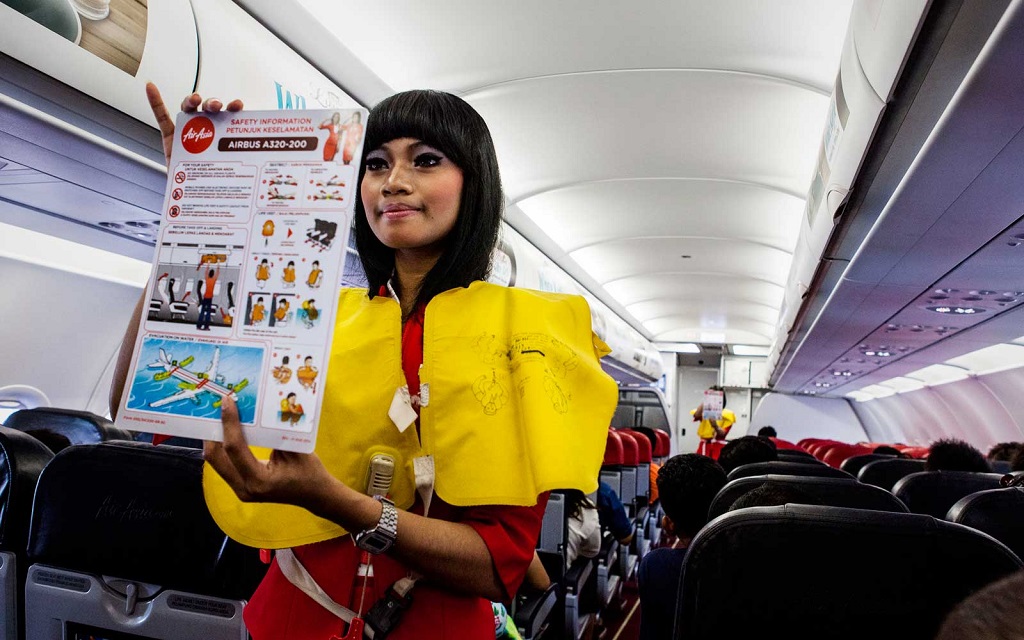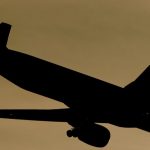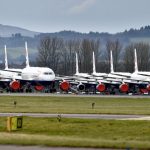The safety regulations of an airplane are one of the first questions that people ask themselves when riding in this vehicle. And it is that, surely more than once you have heard how they are communicated by public address, with the help of the hostesses to warn of possible dangerous situations. In this article, we want to talk to you about the different rules that concern the safety of passengers and crew on an airplane.
Aircraft safety regulations
As you know, on the plane there are certain basic rules that it is important to comply with and that will help preserve both the safety of the passengers and the safety of the crew. Here are some of these rules, which can be uncomfortable and annoying for travelers at the same time.
Seatbelt during flight
Many times we wonder why we have to wear a seat belt during take-off and landing of the plane. And why do the flight attendants try so hard to check person to person that we are complying with the safety regulations of an airplane? In fact, a specific luminous device is intended to indicate in which cases we have to wear it.
Now, why? Surely, if you have never experienced extreme turbulence, you do not understand why this element is so important. The truth is that movements as sudden as these can cause bumps and bruises that could be quite important for the person.
During the flight, there are two key moments which are take-off and landing. During those minutes they can produce quite violent movements. The same happens when there is turbulence. For this reason, the use of the belt on the plane is mandatory and, in addition, it is recommended to fix it enough to the body to limit movements.
The seat cannot recline
Again, this measure is designed to optimize response time to possible emergencies. In these cases, some oxygen masks can be placed under the seats or you have to clear the way to exit in an orderly manner. The seats that have to recline would take time to return to their initial position and that would make the action protocols extremely difficult.
In general, the possible passage of people should not be obstructed in any way. For safety, the aisles must be kept clear, suitcases must be placed in their compartments (well closed) and emergency exits must be left clear.
Putting on the oxygen mask
This is one of the recommendations that are always indicated on airplanes when demonstrating the guidelines to follow in the event of an accident. As the TCPs indicate to the crew, the adult must first put on the mask, and then help their children or seatmates if they need it. The truth is that it is estimated that an adult only has 15 seconds to use the mask and begin to breathe.
The adult should first secure their oxygen mask and then put on that of the minors. This is especially important if we want to help more than one person at the same time, as it will ensure that we are in the best capacity to do so. We know that the need to protect children can be high, but for the best possible result, it is preferable to start with yourself first. It is not a question of selfishness.
Use of mobile phone
This is probably one of the most questioned aircraft safety standards. People do not quite understand why you have to put the mobile in airplane mode or why it is advisable to turn it off. Previously, it was mandatory to turn it off during the entire flight, but the truth is that today this rule is restricted to landing and take-off times.
The reason for this is primarily due to radio waves. Yes! mobile devices and other devices such as tablets or computers use radio waves to communicate. These are the same ones that pilots use to communicate with airports, to receive signals on how to act. For fear of interference, this measure is used as a precaution.
You may also like to read: How long does it take to become an airline pilot?



